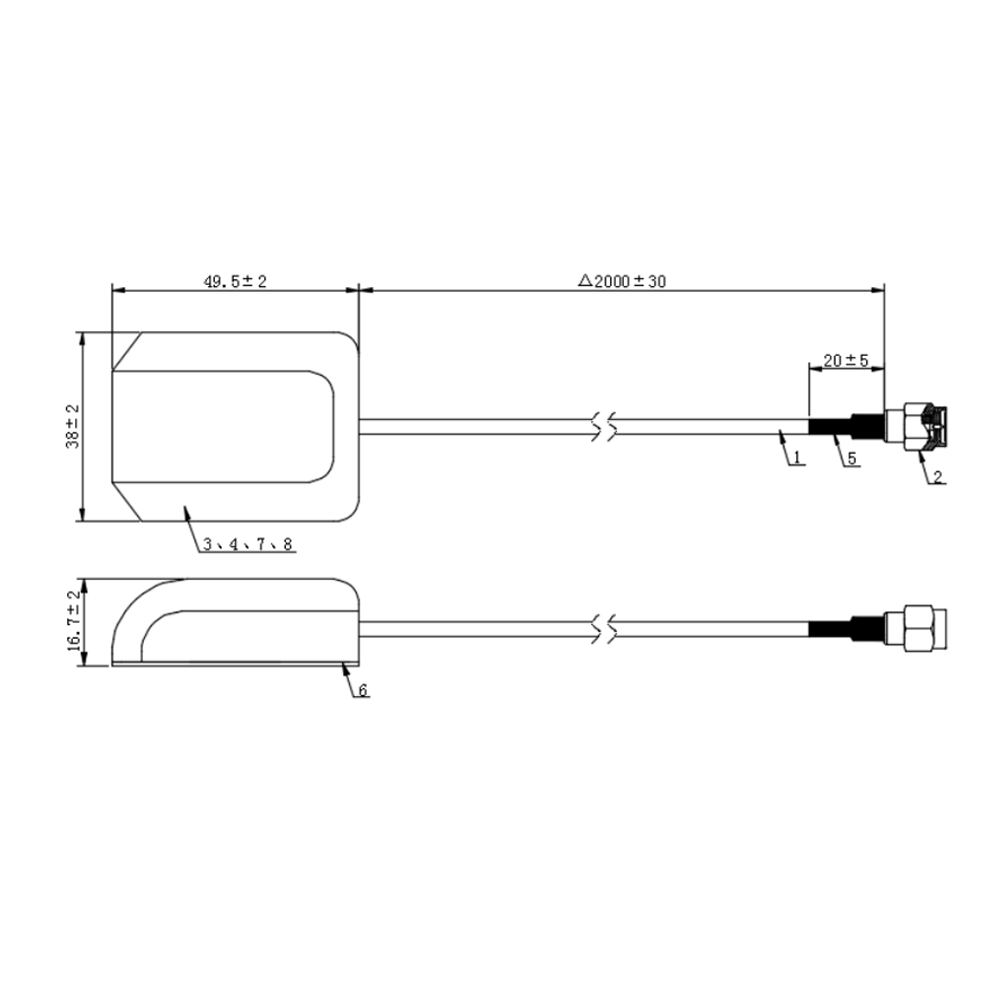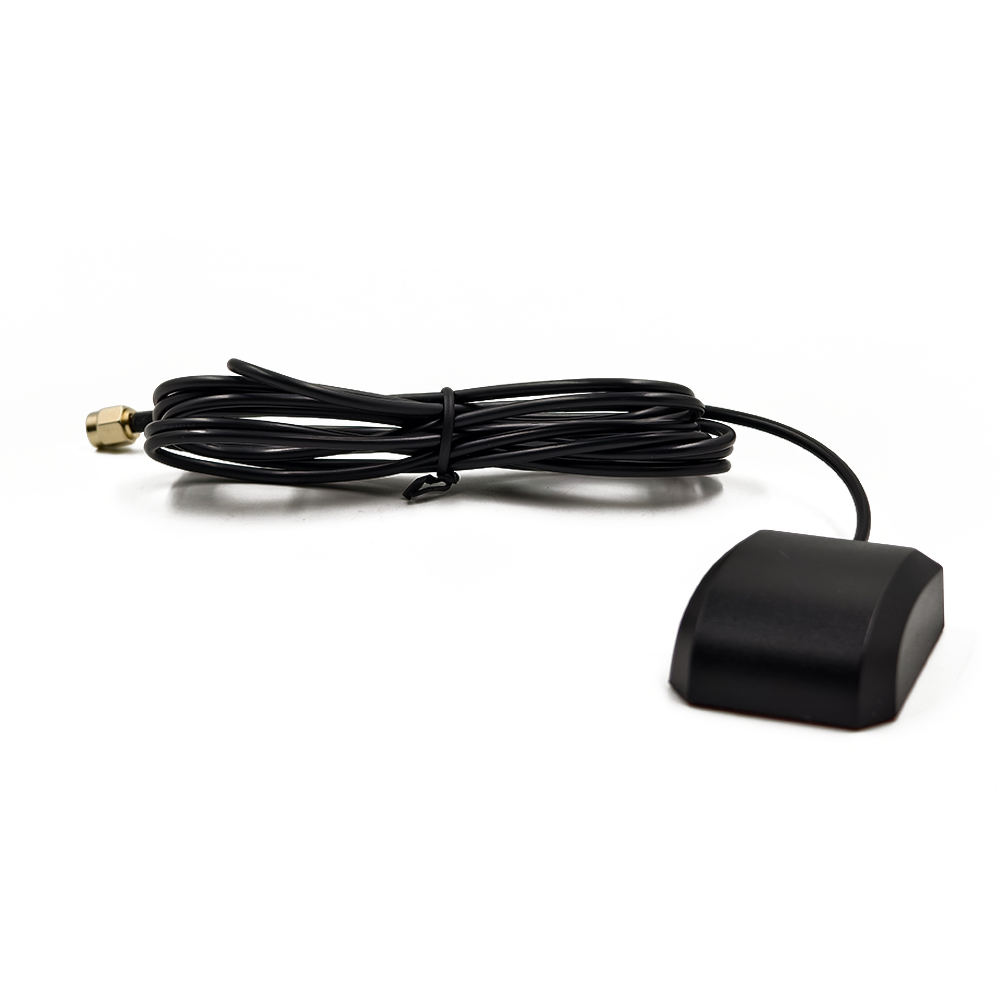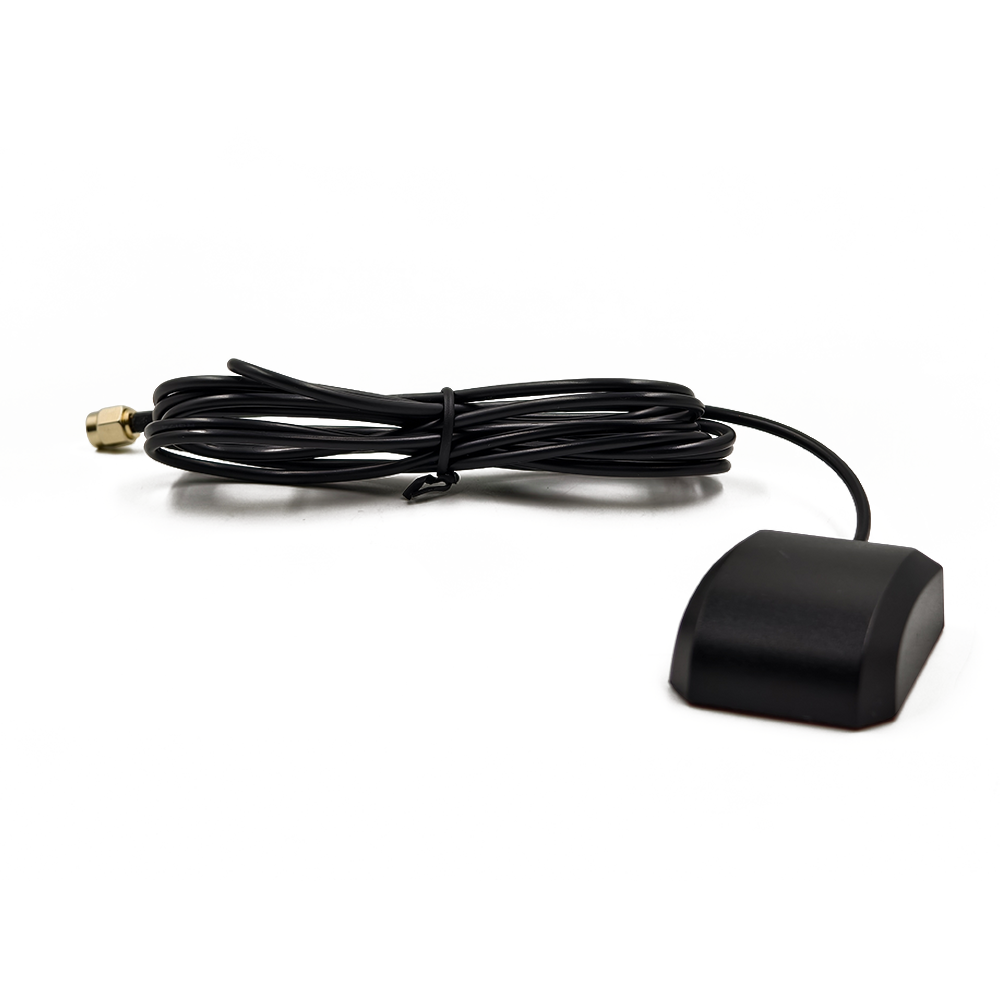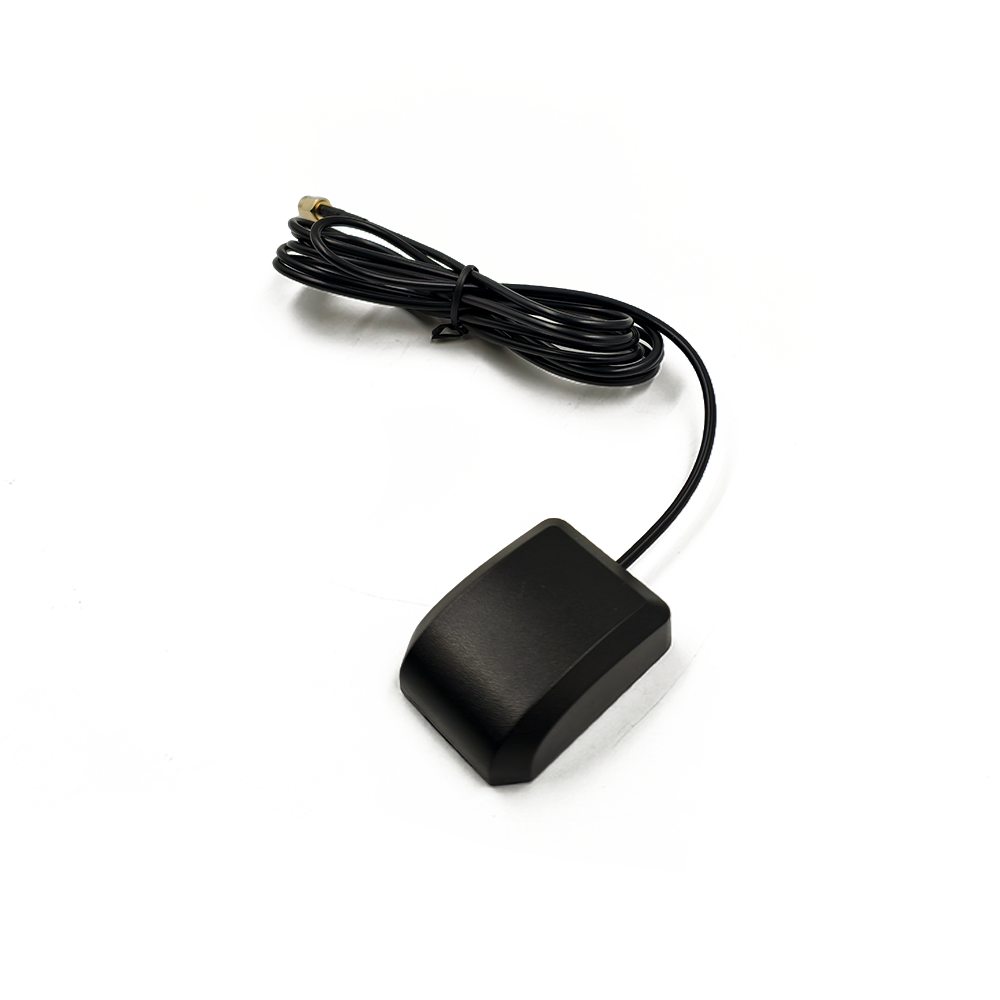Applications
High gain external Iridium satellite antennas have a wide range of applications across multiple industries. In the maritime industry, they are used for ship - to - shore communication, vessel tracking, and distress signaling. Ships equipped with these antennas can communicate with port authorities, receive weather forecasts, and send emergency signals in case of accidents or emergencies. They also enable crew members to stay in touch with their families and access internet services while at sea.
In the aviation sector, high gain Iridium antennas are essential for in - flight communication. Pilots use these antennas to communicate with air traffic control, receive flight - related information, and stay connected with the airline's operations center. They also support passenger communication services, such as in - flight Wi - Fi, allowing passengers to stay connected during long - haul flights.
For remote area monitoring and exploration, high gain Iridium antennas play a crucial role. In oil and gas exploration, mining operations, and scientific research in remote locations, these antennas are used to transmit data collected by sensors, such as environmental data, equipment performance data, and geological information. They also enable communication between field personnel and the base camp, ensuring the safety and efficiency of operations.
In the field of emergency response, high gain Iridium satellite antennas are invaluable. During natural disasters such as earthquakes, hurricanes, and floods, when terrestrial communication networks are often damaged or overloaded, these antennas provide a reliable means of communication for emergency responders. They can be used to coordinate rescue efforts, transmit critical information, and establish communication links with affected communities.
Future Trends
Looking ahead, several future trends are expected to shape the development of high gain external Iridium satellite antennas. One trend is the further miniaturization of these antennas. With the advancement of technology, new materials and manufacturing techniques, such as nanotechnology and 3D printing, are being explored to reduce the size and weight of high gain antennas without sacrificing performance. This miniaturization will enable the integration of high gain antennas into smaller devices, such as wearable communication devices, small UAVs, and handheld satellite terminals, expanding their range of applications.
The integration of artificial intelligence (AI) and machine learning (ML) algorithms with high gain Iridium satellite antennas is an emerging trend. AI and ML can be used to optimize the performance of the antennas in real - time. These algorithms can analyze the received signals, detect changes in the signal environment, and adjust the antenna's operation parameters, such as gain, directivity, and beam - steering, to adapt to different conditions. For example, AI can be used to predict the movement of the Iridium satellites more accurately and optimize the antenna's tracking and beam - steering mechanisms, improving the efficiency and reliability of communication.
Advancements in communication technologies, such as the development of 5G and the Internet of Things (IoT), will also impact the design and use of high gain Iridium satellite antennas. These new technologies will require seamless integration of satellite communication with terrestrial networks to provide global and reliable connectivity. High gain Iridium antennas will need to be designed to work in harmony with 5G and IoT systems, enabling applications such as global IoT device tracking, remote monitoring of critical infrastructure, and real - time data transfer across the globe.
There is also a trend towards the development of multi - functional antennas. Future high gain Iridium satellite antennas may integrate additional functions, such as the ability to receive signals from other satellite constellations, support multiple communication protocols, or incorporate energy - harvesting capabilities. This integration will reduce the number of antennas required on a platform, saving space and potentially reducing costs.
Conclusion
High gain external Iridium satellite antennas are essential components in satellite communication systems, enabling reliable and far - reaching communication in remote and challenging environments. Their ability to focus and amplify signals, along with their compatibility with the Iridium satellite constellation, makes them suitable for a wide range of applications across multiple industries.
However, challenges such as cost, size and weight, and environmental factors need to be addressed to further promote their widespread adoption. As technology continues to evolve, future trends such as miniaturization, the integration of AI and ML, compatibility with new communication technologies, and the development of multi - functional antennas offer great potential for enhancing the performance and capabilities of high gain Iridium satellite antennas. By overcoming these challenges and embracing these trends, these antennas will continue to play a crucial role in enabling global communication, supporting various industries, and facilitating emergency response and disaster management efforts in the future.




































































 Language
Language
 En
En Cn
Cn Korean
Korean

 Home >
Home > 








 18665803017 (Macro)
18665803017 (Macro)













